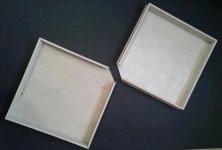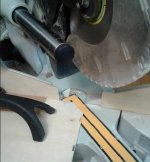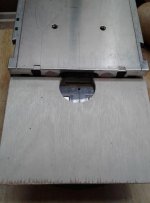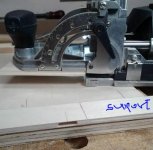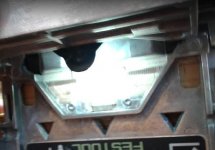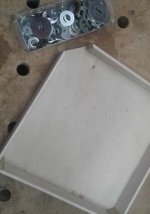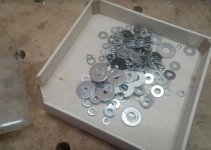The wooden trays I found on the 'Net almost are made of 1/2" (13mm) lumber. They're heavy to me, so I made a couple of 5mm ply. The tricky part was to do them with Dominoes.
Two versions are made: one base flush with the sides, the other base slightly oversized. I haven't decided if I'd trim the second base flush with the sides, too. Size about 1-1/4" x 9" x 9".
I'll add some corner blocks to reinforce the already super tight miter joints.
Got to find a reason to use those 4mm tenons (& the scrap ply)! [big grin]
Two versions are made: one base flush with the sides, the other base slightly oversized. I haven't decided if I'd trim the second base flush with the sides, too. Size about 1-1/4" x 9" x 9".
I'll add some corner blocks to reinforce the already super tight miter joints.
Got to find a reason to use those 4mm tenons (& the scrap ply)! [big grin]

